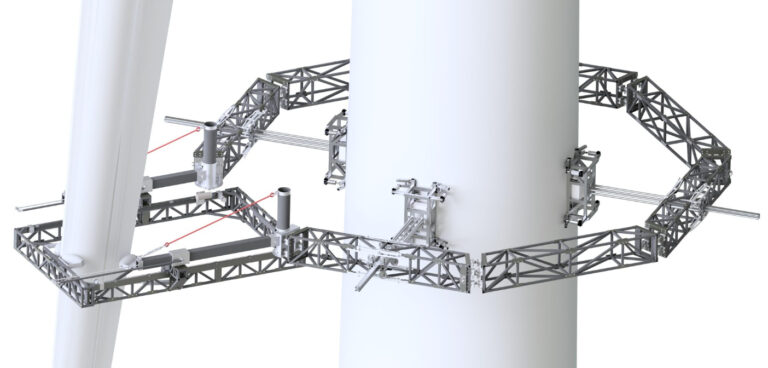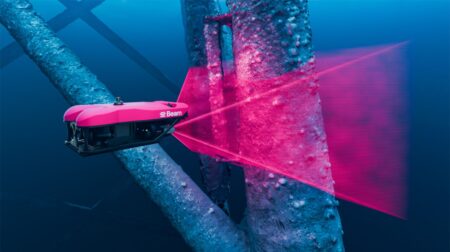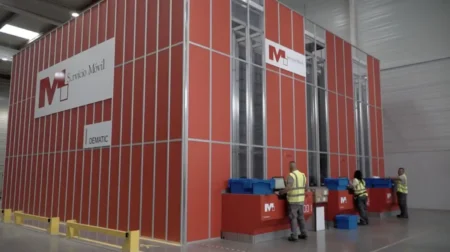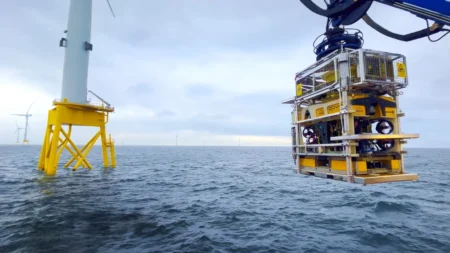Coinciding with British prime minister Boris Johnson’s recent announcement of plans for offshore wind to power every home in the country by 2030, a UK consortium is pioneering new technology to boost the maintenance capabilities of the industry.
A lightweight robot capable of carrying out an x-ray maintenance survey of wind turbines – offshore and onshore – is being developed to help make the wind power industry operate more efficiently.
Forth Engineering, based in Cumbria, together with a consortium of industrial and academic partners – Innvotek, TWI, ORE Catapult, Renewable Advice and London South Bank University – are developing the RADBLAD technology, which should be able to complete a full x-ray survey of a Vestas V47 size turbine and all its blades in just a few hours.
Currently, one of the ways surveys are carried out is manually by maintenance engineers climbing the wind turbine and its blades with rope access, at significant financial cost. Turbine blades are subjected to gusting wind loads, driving the accumulation of fatigue damage in the blade structures, leading to failures. Around 3,800 blade failures a year are attributed to poor maintenance, at significant financial cost to such manual inspections.
To provide a solution, Forth and its partners are more than half way through a two-year project, funded by Innovate UK, to develop its RADBLAD technology. The lightweight portable robot – each section of the system weighs less than 25kg – is designed to make surveys safer, faster, and cheaper, removing the need to put lives at risk.
The differentiation elements of RADBLAD, when compared with other systems, is in the use of radiographic based in-situ inspection, the automatic detection of defects using an AI-based software, and the use of a modular approach for the robotic system. The advantages of this system are early detection of blade (internal) defects, in a quicker, safer and systematic way, while reducing the risk to human operators.
“RADBLAD is a world-first magnetically-adhering, wall-climbing robot, with a manipulator arm which deploys an x-ray system around a blade,” said Peter Routledge, Forth’s programme manager. “This project represents a clear technological innovation for the UK offshore wind generation industry, and a major growth opportunity for the SME supply chain consortium. It has the potential to make significant cost and efficiency savings, with strong prospects in terms of exporting this technology around the world”.
The technology is set to be ready for testing in a representative environment in April 2021 at the Offshore Renewable Energy (ORE) Catapult’s National Renewable Energy Centre in Blyth, Northumberland, with the solution delivered later in 2021.
There are said to be about 350,000 wind turbines in the world, with China, USA, Germany, India, Spain, and the UK the top six countries in terms of wind capacity. In the UK there are 10,790 wind turbines, 8,600 onshore, and 2,190 offshore.
RADBLAD follows the development of Forth’s Autonomous Aquatic Inspection and Intervention (A2I2) underwater robot, which is designed to transform the way a range of industries carry out inspections and maintenance, and the Friction Stir Welding Robotic Crawler (FSWBot) for the internal repair and restoration of pipelines.








